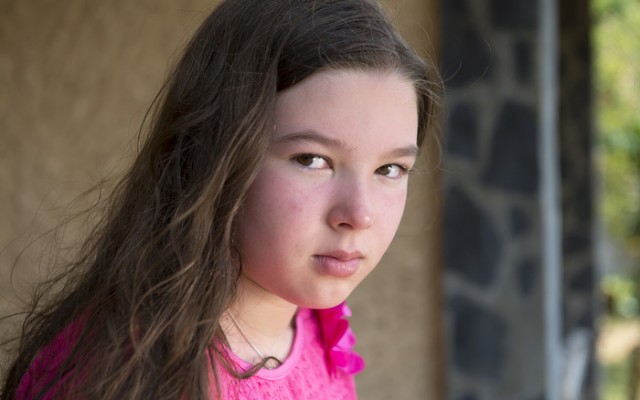
The Austin Sentinel reported in March about the deplorable living conditions children are subjected to in foster care as the state of Texas struggles to manage budget insufficiencies and an influx in children removed from their homes. The Dallas Morning News revealed that for the second time in less than a decade, foster children were being forced to sleep in the offices of Child Protective Services due to a lack of available housing.
Now, we’re learning how flawed the system really is as new details emerge, painting a worrisome picture for children unfortunate enough to end up in CPS care.
A new report reveals that children as young as 5-years-old are being raped by other foster care children. Not only is the system turning a blind eye to the child rapes, but it has been accused of actively covering it up, according to U.S. District Judge Janis Graham Jack, who is presiding over a number of foster care cases in Texas.
An unconstitutionally flawed system
ABC News reports:
“At 5, the girl identified as S.A. entered the Texas foster care system. Within months, she reported being raped by an older child. She was moved more than 45 times, including to psychiatric hospitals, and missed several chances for adoption because of paperwork delays. At 18, after aging out of the system, she walked into traffic and was hit by a car. At last report, she was living in a homeless shelter.”
“Her story, detailed in court records, was among scores of chronic foster care failures that led a federal judge to declare the Texas system unconstitutionally flawed and order an independent overhaul. Unlike most other states under similar orders, Texas is fighting the ruling — even as two court-appointed administrators face a September deadline to present a reform plan.
“The system, which has about 30,000 children in homes and institutional settings, is ‘broken, and it has been that way for decades,’ U.S. District Judge Janis Graham Jack said in her December ruling. That’s especially true for those labeled permanent wards of the state, she said, who ‘almost uniformly leave state custody more damaged than when they entered.’
“Another troubling aspect of Texas’ system, the judge wrote, was allowing ‘foster group homes.’ Texas’ stated allowance of up to 12 children in such homes, including the caregivers’ own, was exceeded, Jack said, calling them ‘a hybrid’ between traditional foster homes and institutional facilities that provided ‘fewer benefits … and fewer safeguards.’
“Jack said the sexual assault of and by foster children was a special problem in the foster group homes. She noted a boy identified as D.I. who was sexually abused from age 8, saying the system tried to cover it up [emphasis added] and there was no indication he was ever placed in a single-child home. An expert testified that D.I. had become ‘a high risk for sexually harming children.’”
Most states allow 4–8 foster kids per home
“The judge directed the two special masters to decide whether the foster group homes should exist. She also suggested setting up a 24-hour hotline to report abuse and neglect, figuring out manageable caseloads for workers and tracking child-on-child abuse,” the report adds.
Evidently, Texas is the only state known to house up to 12 children in one foster home. “It’s this bizarre hybrid that seems to exist only in Texas and should exist nowhere,” said Richard Wexler, executive director of the National Coalition for Child Protection Reform.
Most state laws permit foster homes to house anywhere from 4–8 children, including children belonging to the host family, according to a 2013 report from the Generations United and the American Bar Association Center on Children and the Law.
In Texas, traditional foster homes allow up to six children, including the host’s own children.
Children’s Rights attorney Sara Bartosz, who filed the lawsuit, adds that scenarios in which children are permanently under state custody is essentially “like being moved to the backburner.”
A proficient system quickly places children with family members, relatives, or gets them adopted within two years, said Sandra Gasca-Gonzalez, director of the Jim Casey Youth Opportunities Initiative.
Sources:

